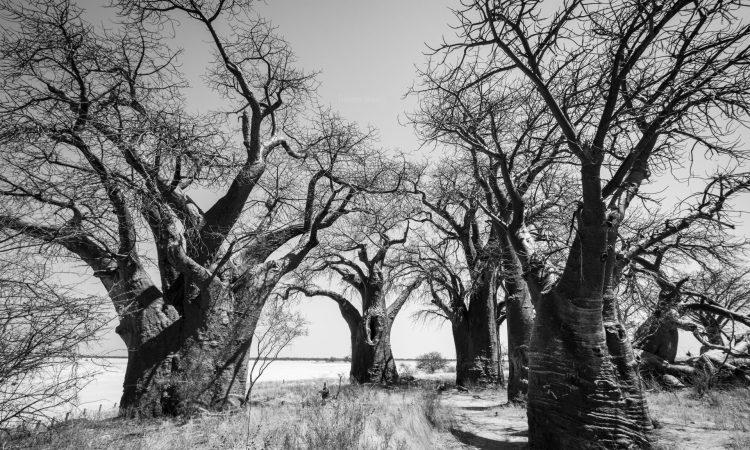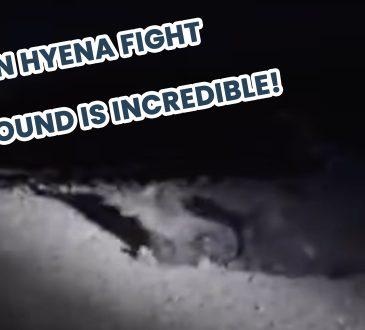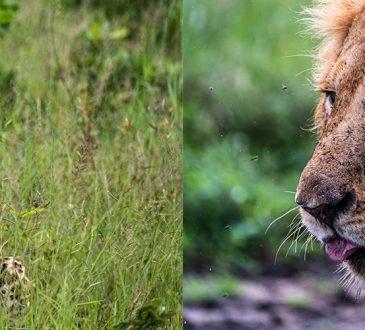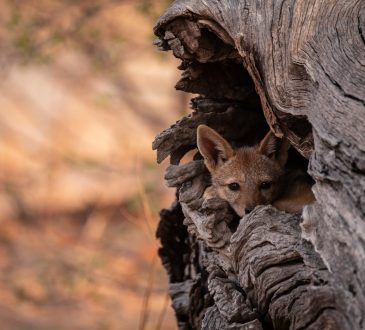THE STORY BEHIND THE SHOT: Baines’ Baobabs


These monumental trees are located in the Nxai Pan National Park in Botswana. The Nxai Pan is characterised by its ivory-coloured landscape, which encircles the northern regions of the Kalahari Desert. The landscape is vast and endless. In fact, the salt pans are downright gigantic, dwarfing the country of Belgium and holding the world record for being one of the largest salt pan landscapes in the world.
The Makgadikgadi Salt Pans, which is very close by was once submerged in water. In fact, the rivers that feed the renowned Okavango Delta, originally flooded the Makgadikgadi Salt Pans.
Due to tectonic movement, the rich waters were diverted away from the Makgadikgadi, leaving travellers with a vast, dry salt pan. If you’re planning on travelling during the rainy season, you may still see some pans flooded with water.
So then what makes Baines’ historically significant?
When the Europeans first began exploring Botswana, then named Bechuanaland, in the late 19th century, the Baobab trees were used as landmarks by the country’s early missionaries.
Thomas Baines (who the trees are aptly named after) was a British landscape painter who first traveled to South Africa in the 1850s as a war artist. After sketching the battlefields of Bloemfontein, he moved to nature’s tranquility, capturing the vastness of Southern Africa in watercolour.
Baines gained recognition as an exceptional artist, naturalist, and geographer, and his work was so well received that the Royal Geographic Society invited him to join David Livingstone on his second trip to the Zambezi River in 1858.
The relationship between Baines and Livingstone deteriorated to the point where Baines was charged with ‘attempting to steal’ and sent to Cape Town.
Baines was known to have an exceptional work ethic and later decided to join James Chapman, a cattle and ivory trader, on a trip to Namibia and then to Victoria Falls.
Along with a team, the two of them departed from South Africa in the 1860s.
They sailed north by ox wagon before slowly making their way from the Namib Desert to the enormous Mosi oa Tunya (Victoria Falls). While travelling through the Kalahari Desert, they decided to take a break and pitch camp under the shade of a cluster of seven baobab trees.
The trees provided much relief from the heat and inspired Baines to the point where he documented the scene with a watercolour piece of art titled ‘A group of Baobab trees on the north-west spruit of the Mtwetwe pans, May 1862.”
Although the original artwork is now housed in England’s archives, Baines’ name is still visible on the trees.
So what does the trees and image mean to me?
Ever since my first trip into Botswana, Baines has held a magical place in my heart. Over the years and visits, the little island with its magical array of Baobab trees is a must visit for me whenever I am in the area. I simply love this area and truly hope I captured the magic of it in my image.








